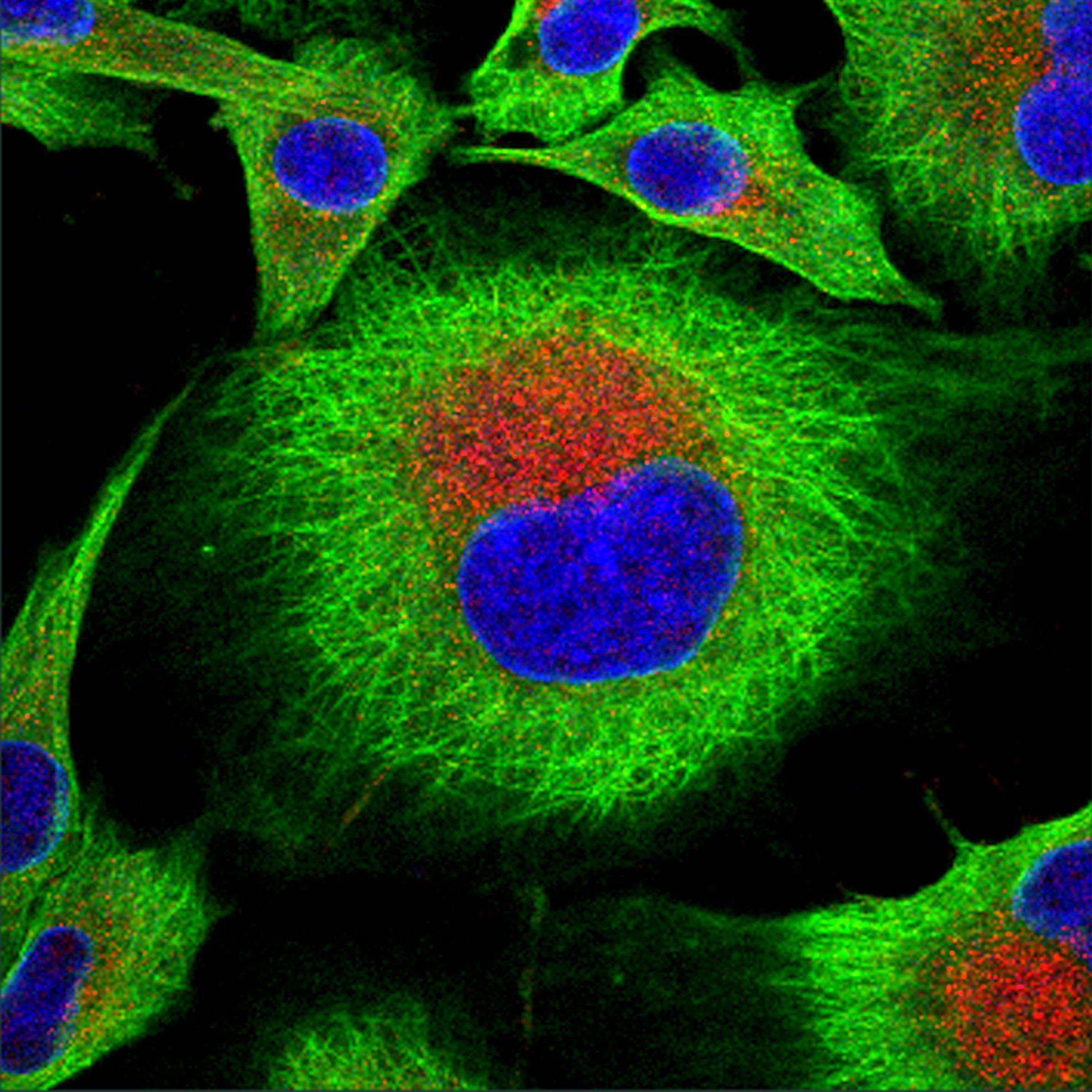Laboratory animal models to study foot-and-mouth disease: a review with emphasis on natural and vaccine-induced immunity
Laboratory animal models have provided valuable insight into foot-and-mouth disease virus (FMDV) pathogenesis in epidemiologically important target species. While not perfect, these models have delivered an accelerated time frame to characterize the immune responses in natural hosts and a platform to evaluate therapeutics and vaccine candidates at a reduced cost. Further expansion of these models in mice has allowed access to genetic mutations not available for target species, providing a powerful and versatile experimental system to interrogate the immune response to FMDV and to target more expensive studies in natural hosts. The purpose of this review is to describe commonly used FMDV infection models in laboratory animals and to cite examples of when these models have failed or successfully provided insight relevant for target species, with an emphasis on natural and vaccine-induced immunity.
Back to publications

